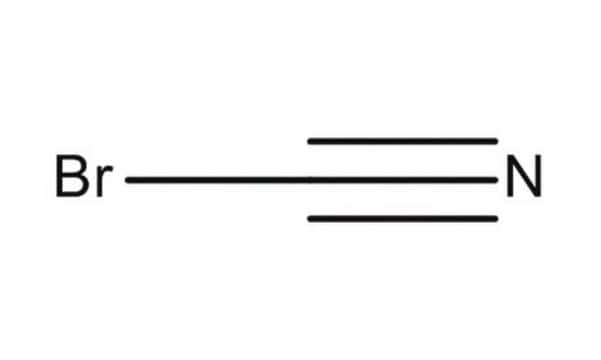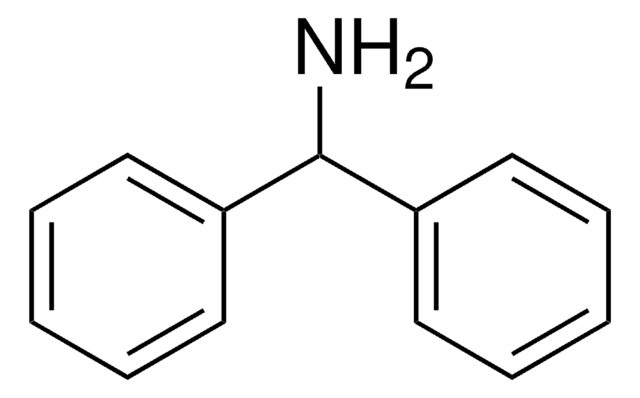341894
Cyanogen bromide solution
3.0 M in methylene chloride
About This Item
Recommended Products
form
liquid
concentration
3.0 M in methylene chloride
solubility
alcohol: freely soluble
diethyl ether: freely soluble
water: freely soluble
density
1.443 g/mL at 25 °C
SMILES string
BrC#N
InChI
1S/CBrN/c2-1-3
InChI key
ATDGTVJJHBUTRL-UHFFFAOYSA-N
Looking for similar products? Visit Product Comparison Guide
General description
Application
Signal Word
Danger
Hazard Statements
Precautionary Statements
Hazard Classifications
Acute Tox. 2 Inhalation - Acute Tox. 2 Oral - Acute Tox. 3 Dermal - Carc. 2 - Eye Dam. 1 - Skin Corr. 1B - STOT SE 3
Target Organs
Central nervous system
Supplementary Hazards
Storage Class Code
6.1B - Non-combustible acute toxic Cat. 1 and 2 / very toxic hazardous materials
WGK
WGK 3
Flash Point(F)
Not applicable
Flash Point(C)
Not applicable
Personal Protective Equipment
Certificates of Analysis (COA)
Search for Certificates of Analysis (COA) by entering the products Lot/Batch Number. Lot and Batch Numbers can be found on a product’s label following the words ‘Lot’ or ‘Batch’.
Already Own This Product?
Find documentation for the products that you have recently purchased in the Document Library.
Our team of scientists has experience in all areas of research including Life Science, Material Science, Chemical Synthesis, Chromatography, Analytical and many others.
Contact Technical Service









